Jazz on a Summer's Day was the first feature-length concert movie with live sound. Kaleem Aftab delves into the sounds of this landmark film, a filmed record of not only the 1958 Newport Jazz Festival, but also of a particular time in American history.

Jazz club and record label owner George Wein started the Newport Jazz Festival in 1954. The big band scene of the 1930s and 40s, along with the subsequent rise in the popularity of small group jazz and bebop, saw jazz widen its popularity base and guaranteed Wein an audience. Within a few years, it had become a key event in the US music calendar. Bert Stern, one of the most celebrated commercial photographers of the 1950s, initially planned to make a romantic drama set in and around the festival, with the music providing a perfect backdrop. The director arrived in Newport with his cast and crew, but soon realised that his ambitious plans were unlikely to work out. Having been commissioned to make a film by the jazz festival's financiers, Stern decided to make a documentary instead. The focus shifted towards the performers, the music and the town, showcasing the festival as a musical extravaganza that would also reflect on the US at the peak of the Eisenhower era. If the performances on stage reflected the position of the US as a cultural beacon, the footage of the America’s Cup race (which took place a few months after the festival, shot and seamlessly edited into the film to give the impression it was happening simultaneously) projected an image of glamour and athletic prowess.

Jazz on a Summer's Day (1959)
Jazz on a Summer's Day captured the story of the US in ways that the filmmakers arguably didn't realise. It was the forerunner and principal influence for concert films such as Monterey Pop (1968), Woodstock (1970), and Summer of Soul (2021), the latter comprising footage from the Harlem concerts of 1968. It's intriguing to compare the story of Jazz on a Summer's Day to the one depicted in Summer of Soul; the contrast in how the footage from each concert came to prominence reveals so much about the ways in which race was placed within the narrative of the eras in which the films were made. And it reflects the United States’ own history in fascinating ways.
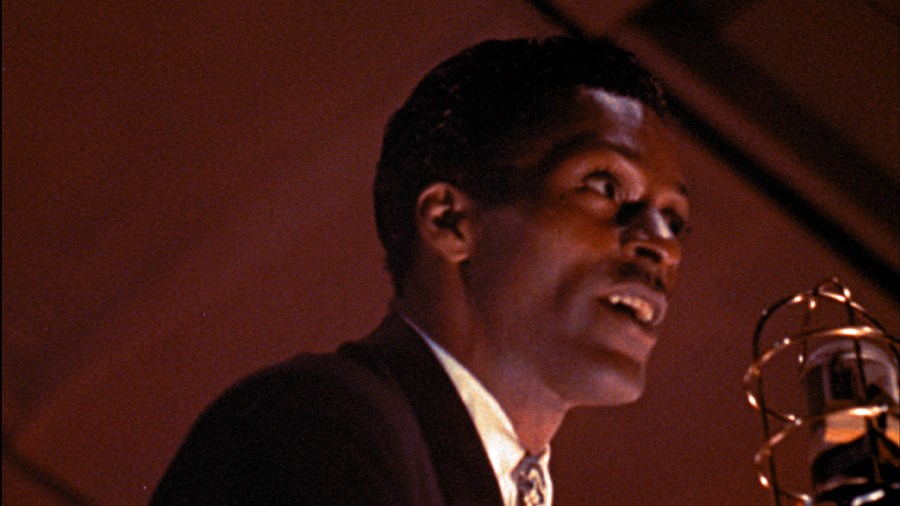
Jazz on a Summer's Day (1959)
But first, given this column is about sound on film, it's essential to establish the importance and necessity of watching Jazz on a Summer's Day for the quality of music captured and the technological breakthroughs made by the team behind it. Bert Stern was a cameraman in the US Army during the early 1950s, cementing his love of photography. After this stint, he worked for Look magazine and soon after began breaking ground as a commercial photographer. His filmmaking touchstone was Stanley Kubrick, and Stern would later go on to take the iconic photo of Sue Lyon in heart-shaped glasses for Kubrick's Lolita (1962).
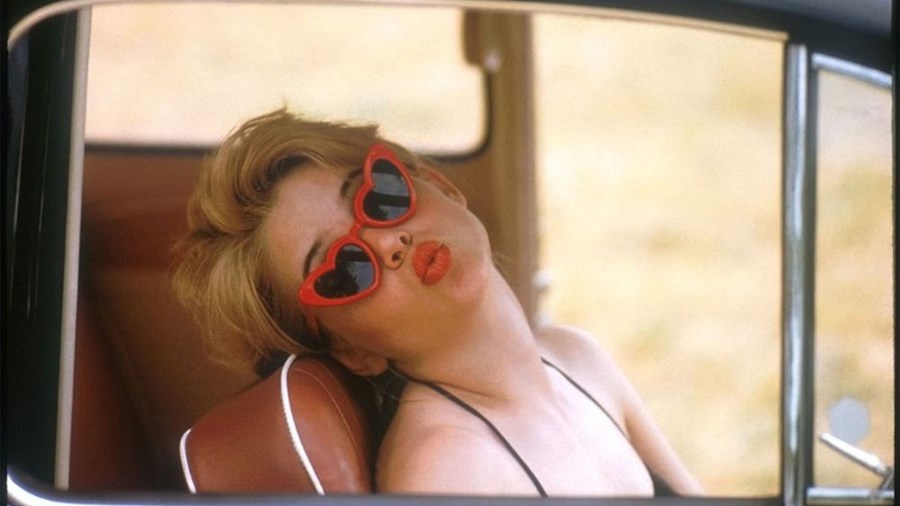
Bert Stern's photograph of Sue Lyons as Stanley Kubrick's Lolita (1962)
Like many acclaimed masters of their form, Stern was also acutely aware of his limitations, and one was his ignorance of the US jazz scene. For the film, he wisely teamed up with Columbia Records Music Executive George Avakian to record the sound. Avakian decided on one master source for music, assuring that the soundtrack would have a consistent high-quality. (Closing your eyes and listening to Louis Armstrong's baritone on this recording is one of life's great pleasures.) Avakian also chose which musicians to record. The concert took place over four days, but all of the performances that feature in the film took place on the final Saturday and Sunday. Avakian's younger brother Aram would edit the film and he’s often credited as co-director. A number of his choices would later be questioned by critics (unfairly, in my opinion).
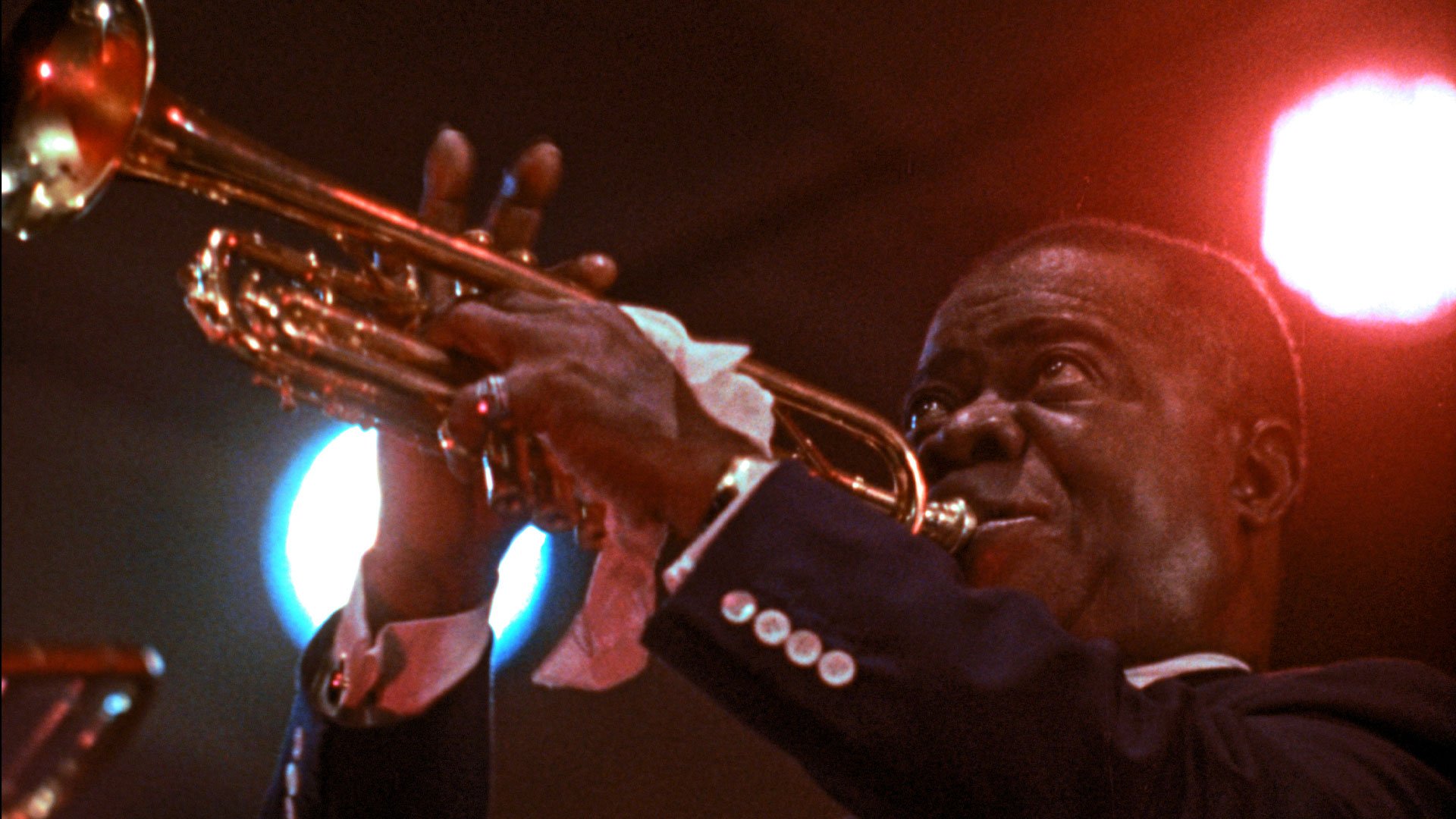
Of all the complaints, one still stands out as a contentious moment in the film: during the performance by Thelonius Monk, the film cuts away, leading many to argue that the film prioritised white performers over black, failing to give black artists an equal footing. The whiteness of the film, the choice of artists, and the order in which they appear caused much consternation. Why three minutes of the Jimmy Giuffre Trio to open the film, wondered New Yorker critic Richard Brody? Yet, while it's easy to criticise the film from the standpoint of today, a better perspective might be to regard the film as a snapshot of the times in which it was made. This was a time before Vietnam or the assassinations of Martin Luther King and Malcolm X, and it makes its own small but telling contribution to the Civil Rights Movement. The film turns the popular image of jazz as an underground form to be enjoyed in the dead of night, into music that can bring about a burst of sunshine and offer optimism for the future. Black and white performers not only share the stage, but black and white members of the audience also stand side-by-side to watch the show.
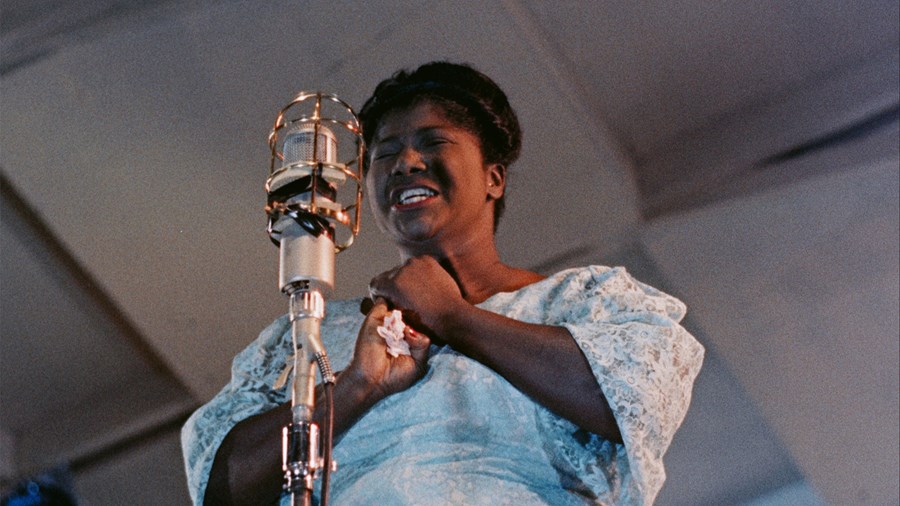
Jazz on a Summer's Day (1959)
It opens with an introduction to the town and venue. There is a humorous moment that unintentionally reveals the kind of white middle-class problems that concerned the residents in Newport when a comment is made about the way cars speed through town. Right on cue, an open-top traverses the whole street as it careens around a corner. Then there is the yacht race, a big event in the area with the documentary making constant cuts to the boats. With its fluidity and need to find its own level, water is the most jazz-like of all the elements, and there is an equilibrium that happens in the juxtaposition between the sounds of jazz and tidal waves. With the on-stage artists including Louis Armstrong, Chico Hamilton, Gerry Mulligan, Anita O'Day, George Shearing, Jimmy Giuffre, Chuck Berry, Jack Teagarden, Thelonious Monk, Big Maybelle and Mahalia Jackson, this was quite the concert, perfect for a long summer’s day.
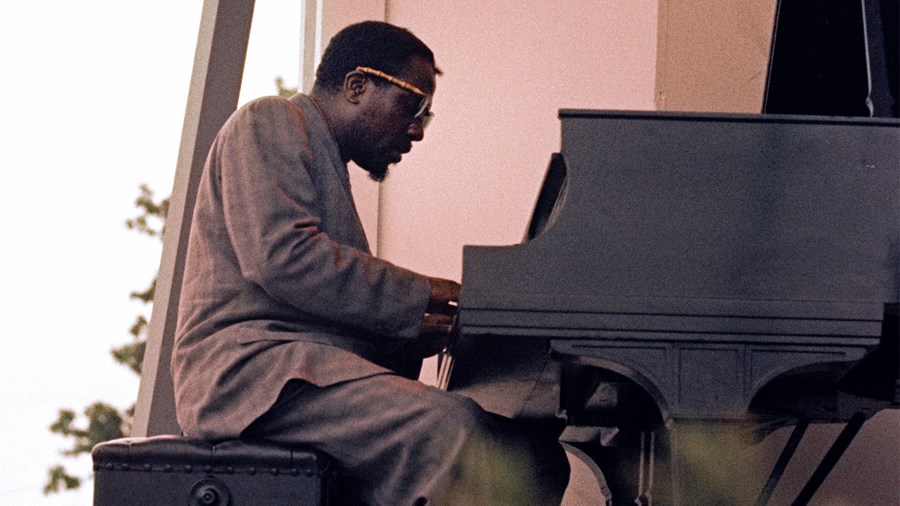
Jazz on a Summer's Day (1959)
The film is more aware of its portrait of American life than it’s often given credit for. Among the shots of the audience arriving is a bus full of black people. This scene is just three years after Rosa Parks’ pivotal Civil Rights protest and shows the continued disparity in the USA. The film also starts white and ends black. Contained within this journey and fitting with its supposed mis-telling of the story of jazz is an acknowledgement, conscious or not, of white artists stealing – or standing on the shoulders of – black musicians. Even the way the crowd reactions are shown, mainly concentrating on white women, tells a story through the looks or the lack of interest of two worlds in one place; an almost safe space for the audience to enjoy black art, out in the open, away from seedy bars.
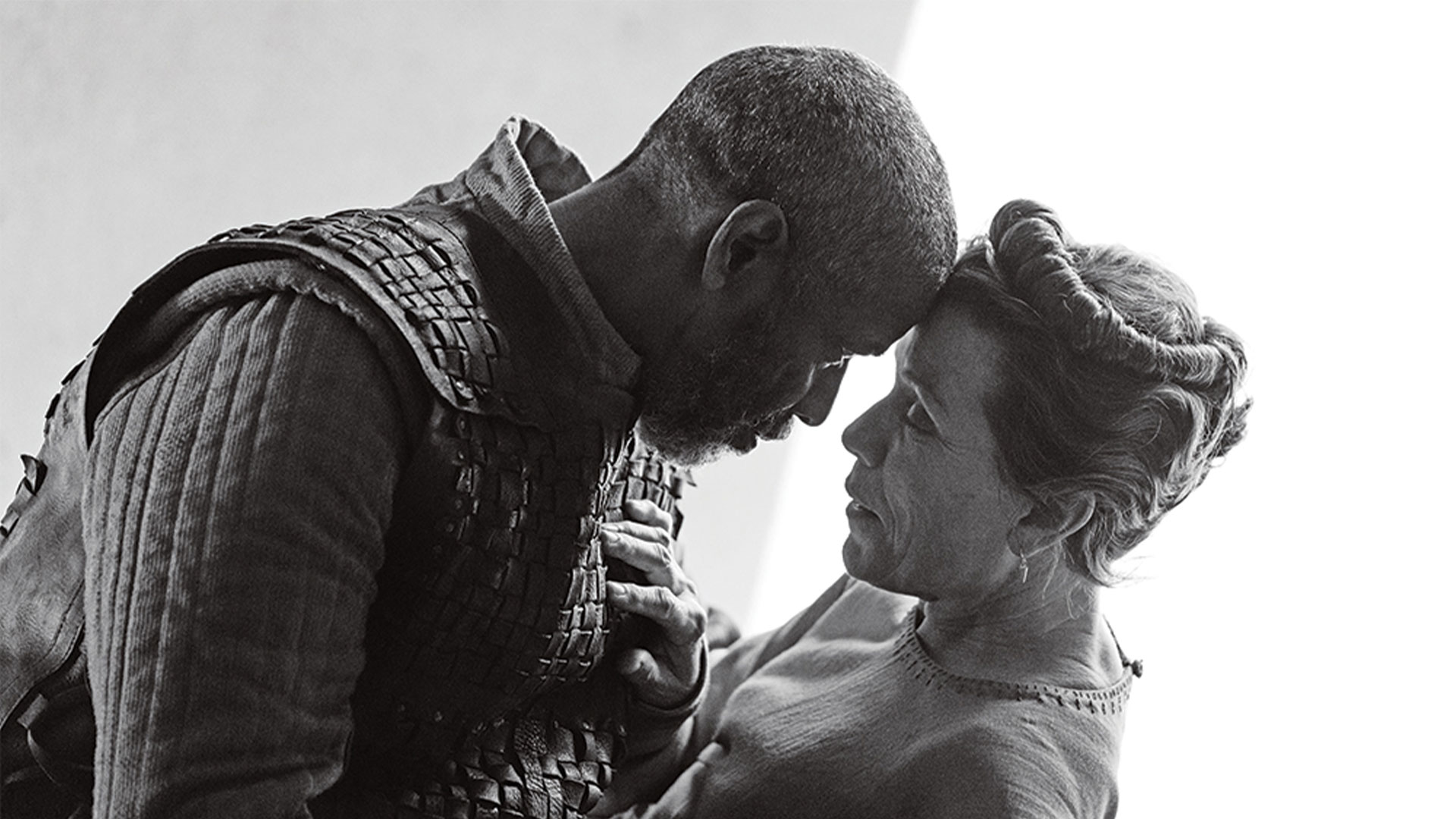
Also, what would have happened had the film been made differently, with a more progressive agenda? As was seen with Summer of Soul, where it took more than 50 years for the footage of the Harlem Cultural Festival to be made into a documentary, films had to adhere to a certain code to pass by the gatekeepers. Jazz on a Summer's Day became a groundbreaking classic, and not even this fact could save the images of the Harlem Cultural Festival from ending up in a cupboard.
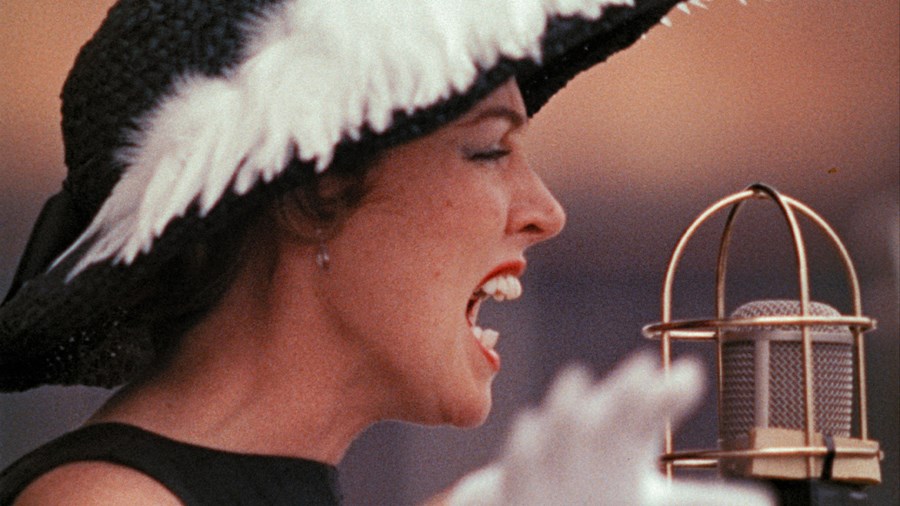
Jazz on a Summer's Day (1959)
As such, Jazz on a Summer's Day is a miraculous collection of performances from the musicians it captures; it is not and never professed to be a film about the history of jazz, only an artefact from two days of a music festival in 1958. It's a glorious film about music away from any political component or considerations. At the same time, it’s also a snapshot of America at a time when yacht races were more important to many than racial integration, and whilst it depicts black and white artists playing with and next to each other, it can't help but reveal a country divided.
Catch Jazz on a Summer's Day In Cinemas Now

